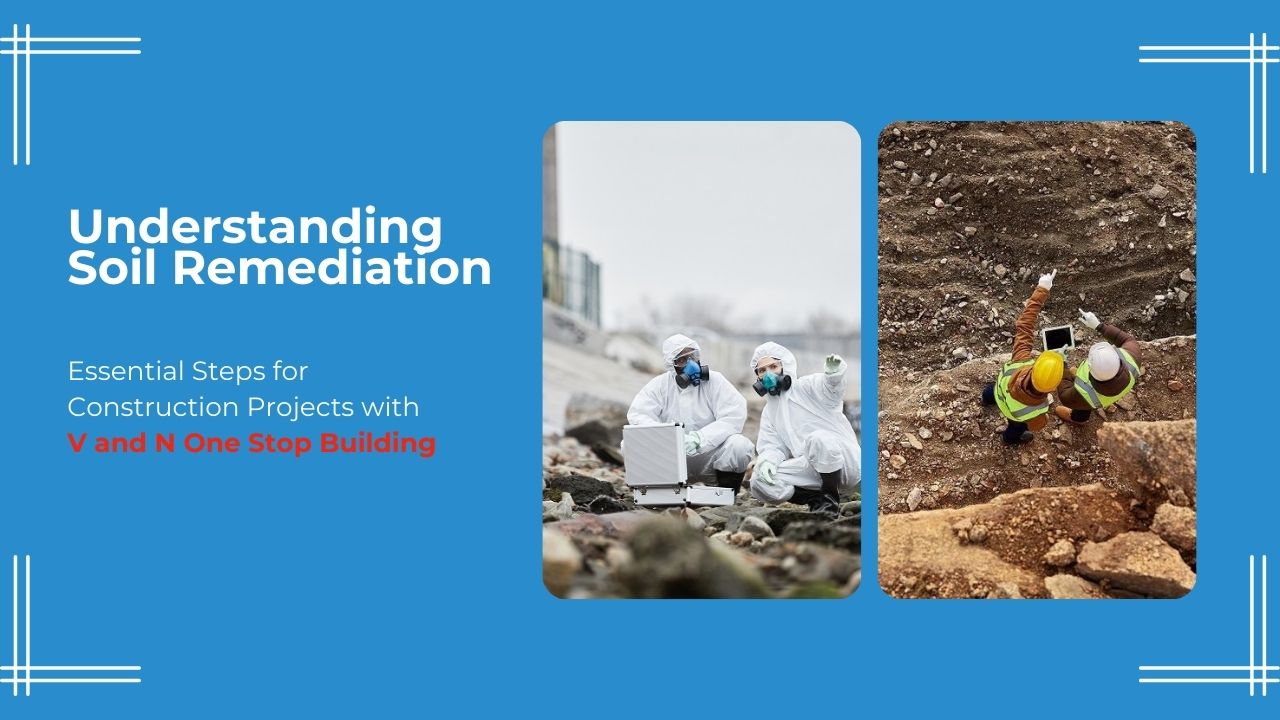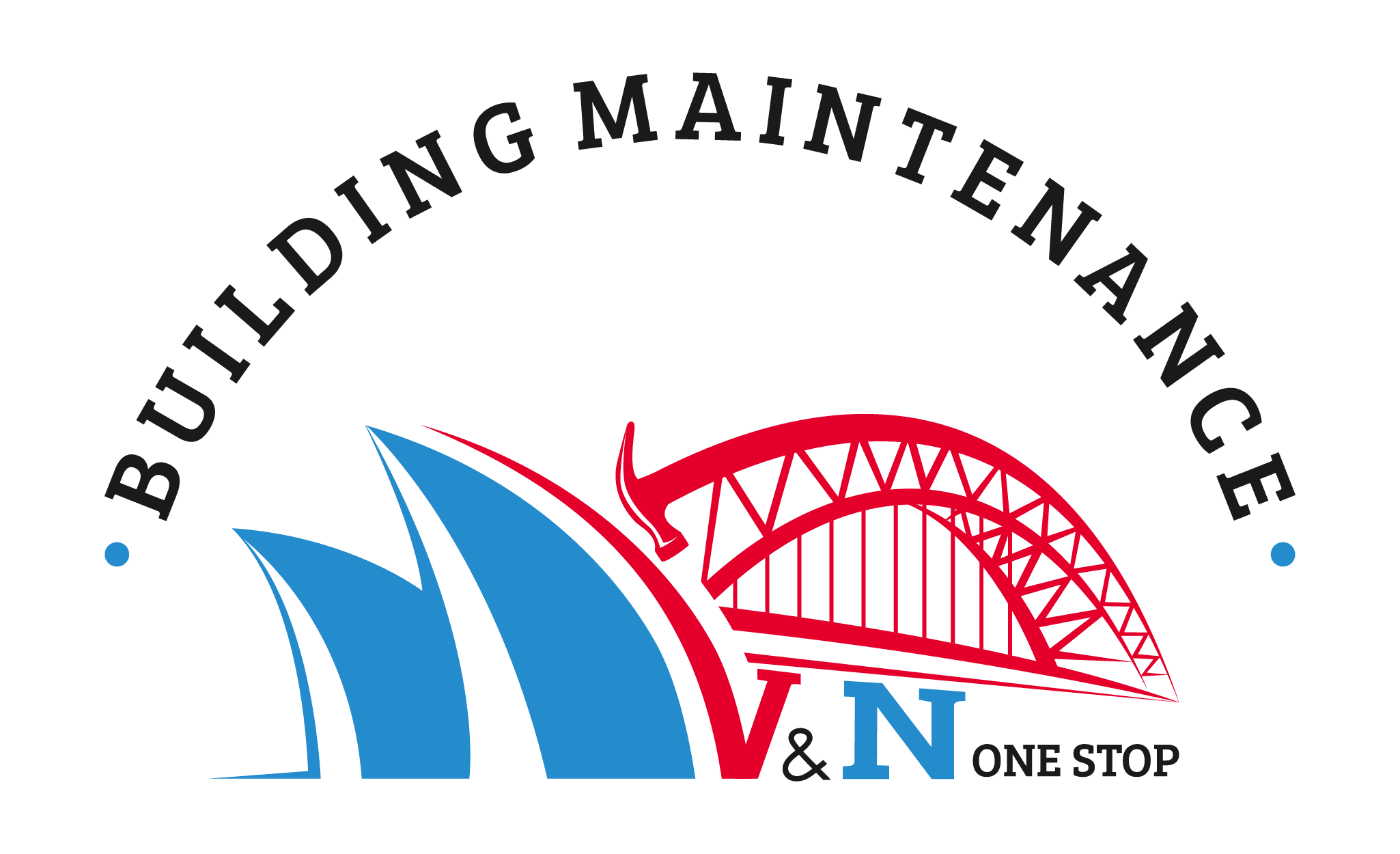
Soil remediation plays a crucial role in construction projects, particularly in areas where soil contamination poses environmental and health risks. Whether you’re planning a residential development, commercial construction, or infrastructure project, addressing soil contamination is essential for ensuring the safety and sustainability of your endeavor. In this article, we’ll delve into the importance of soil remediation and provide valuable insights on conducting assessments and planning remediation efforts in collaboration with qualified professionals at V and N One Stop Building.
The Importance of Soil Remediation
Soil contamination can arise from various sources, including industrial activities, chemical spills, and improper waste disposal, posing significant risks to human health and the environment. Construction projects in areas with contaminated soil must prioritize soil remediation to mitigate these risks and comply with regulatory requirements. Here’s why soil remediation is essential:
- Protecting Public Health: Contaminated soil can release harmful chemicals and pollutants into the air and water, posing health risks to construction workers, nearby residents, and ecosystems. Soil remediation helps prevent exposure to toxic substances and safeguards public health.
- Ensuring Environmental Compliance: Construction projects must adhere to environmental regulations and standards governing soil quality and contamination levels. Failure to address soil contamination can result in regulatory fines, project delays, and reputational damage.
- Promoting Sustainable Development: By remedying contaminated soil and restoring environmental quality, construction projects contribute to sustainable development and responsible land stewardship. Soil remediation supports ecosystem resilience and biodiversity conservation, enhancing the long-term viability of construction projects.
Conducting Soil Tests and Assessments
Before commencing construction activities, it’s essential to conduct comprehensive soil tests and assessments to identify potential contamination and assess remediation needs. Working with qualified environmental consultants, such as V and N One Stop Building, ensures accurate and reliable soil testing results. Key steps in the soil assessment process include:
- Site Investigation: Conduct a thorough site investigation to identify potential sources of soil contamination, such as historical land use, nearby industrial facilities, or underground storage tanks.
- Soil Sampling and Analysis: Collect soil samples from various locations across the site and analyze them for contaminants using laboratory testing methods. Common contaminants include heavy metals, petroleum hydrocarbons, pesticides, and volatile organic compounds (VOCs).
- Risk Assessment: Evaluate the potential risks posed by soil contamination to human health, ecological receptors, and groundwater resources. Consider factors such as exposure pathways, contaminant concentrations, and sensitive receptors in the vicinity.
Developing a Remediation Plan
Based on the findings of the soil assessment, develop a comprehensive remediation plan in collaboration with environmental professionals at V and N One Stop Building. The remediation plan should outline specific strategies and measures to address soil contamination effectively. Key components of the remediation plan include:
- Remediation Technologies: Select appropriate remediation technologies and techniques based on the nature and extent of soil contamination. Common remediation methods include excavation and removal, soil vapor extraction, bioremediation, and chemical treatment.
- Remediation Goals: Establish clear remediation goals and objectives, such as achieving target contaminant levels or minimizing risks to human health and the environment. Develop criteria for assessing remediation success and verifying compliance with regulatory standards.
- Implementation and Monitoring: Implement remediation activities according to the approved plan, ensuring proper management of excavated soils, containment measures, and worker safety protocols. Monitor remediation progress through regular site inspections, soil sampling, and data analysis.
Why Choose V and N One Stop Building?
At V and N One Stop Building, we understand the importance of soil remediation in construction projects and are committed to providing comprehensive solutions tailored to your needs. Our team of experienced environmental consultants and construction professionals has the expertise and resources to guide you through every step of the soil remediation process, from initial assessments to remediation planning and implementation. With a focus on safety, quality, and environmental compliance, we ensure that your construction project proceeds smoothly while minimizing risks and liabilities associated with soil contamination. Contact us today to learn more about our soil remediation services and how we can support your construction endeavors.

